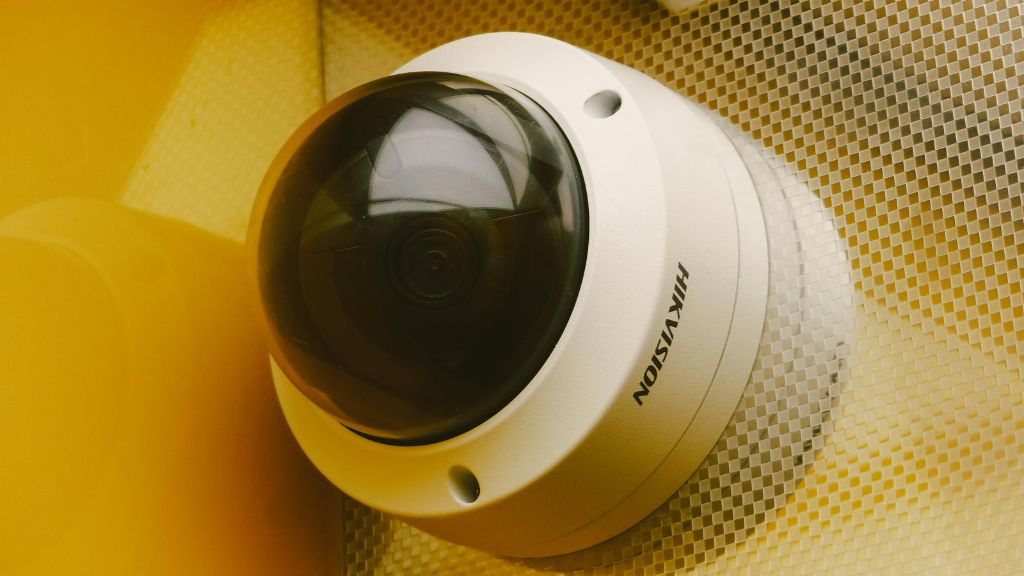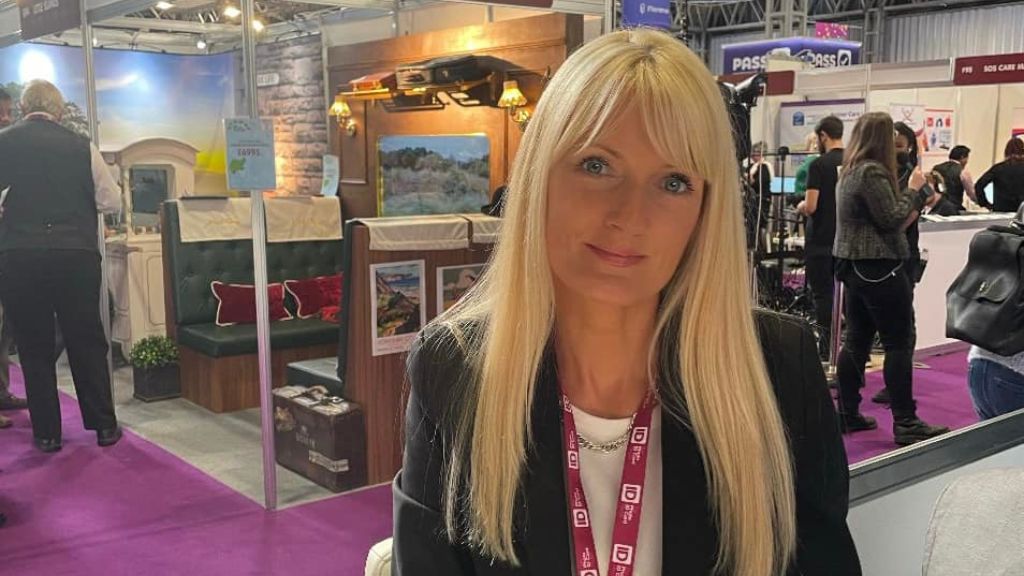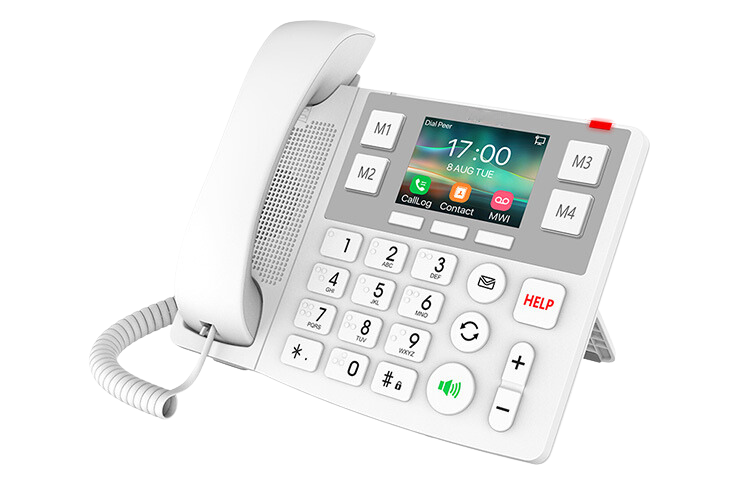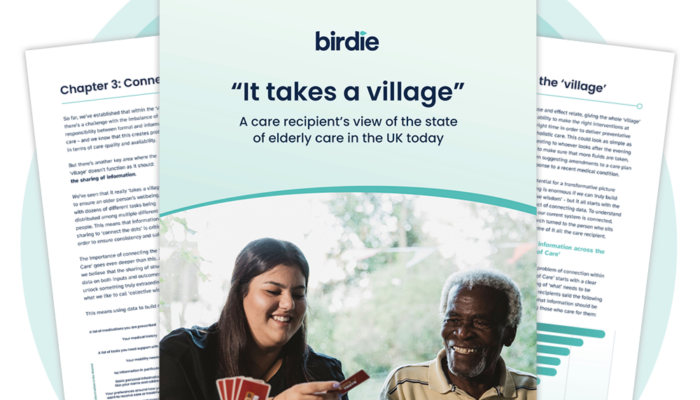Sector called out for ‘resistance’ to safety monitoring tech in care

An independent safety monitoring advocate has called out “certain individuals” in the care sector for opposing the use of the technology in dementia care settings.
Jayne Connery founded Care Campaign for the Vulnerable (CCFTV) over a decade ago after her mother’s own experience in a care home, involving unexplained bruises. The experience left her shocked at the lack of accountability or preventative safeguarding measures in place to protect recipients of care, especially given the frequent newspaper headlines about abuse and neglect cases in the sector.
A decade later, and CCFTV has signed sponsorship deals with some of the country’s biggest care home providers, with optional independent safety monitoring in their homes’ dementia residences.
Independent safety monitoring makes use of cameras monitored by an independent third party, with footage usually only viewed in the case of an incident and with the agreement of the family.
This has a number of benefits, including: deterring abuse, negligence and poor care; providing evidence in court cases and investigations, which saves time and money and nips false accusations in the bud; and providing paramedics with the evidence they need to determine whether a fall has resulted in a head injury – saving the NHS money on costly and often unnecessary hospital visits.
The argument against it “often revolves around privacy”, as Connery noted in a new post on the CCFTV website.
She wrote: “There has been a growing concern coming to CCFTV, regarding the resistance and restrictive actions of certain individuals from multidisciplinary agencies towards the implementation of independent safety monitoring in care homes, even when explicit consent has been granted.”

Read the rest of Connery’s post below:
This resistance is not only unwarranted but also detrimental to the wellbeing of residents who deserve the highest standards of care and protection.
Independent safety monitoring has been shown to enhance transparency and accountability within care environments. These measures, implemented with the consent of residents and their families or power of attorney and in alignment with best-interest decisions, are crucial in ensuring the safety and dignity of vulnerable individuals. Despite this, some external agencies continue to oppose these initiatives, effectively holding care providers to ransom.
The main argument against such monitoring often revolves around privacy concerns and the potential for misuse of recorded data. While these are valid considerations, it is important to remember that the consent process addresses these issues comprehensively. When families and residents agree to monitoring, they do so with the understanding that their privacy will be respected, and the data will be used solely to ensure their safety and improve care standards. The refusal to acknowledge this consent undermines the autonomy and rights of residents and their families.
Moreover, the resistance from certain agencies contradicts the principles of safeguarding and transparency that they are meant to uphold. By obstructing the implementation of safety monitoring, they are inadvertently placing residents at greater risk and creating unnecessary stress for families who have already made informed decisions about their loved ones’ care.
We call on all stakeholders to prioritise the best interests of residents over bureaucratic resistance. The well-being of vulnerable individuals should be at the forefront of all decision-making processes in the care sector. It is unacceptable that care providers, who are striving to enhance transparency and accountability, face obstacles that hinder their efforts.
The resistance to independent safety monitoring with consent is a serious issue that needs immediate attention. We must work together to ensure that responsibly led care homes can implement these measures without undue interference. By doing so, we can uphold the dignity, safety, and rights of all residents and care staff , ensuring they receive the highest standard of care. Let us move forward with a unified approach, allowing a care environment that is transparent, accountable, and truly centered on the needs of those it serves.



